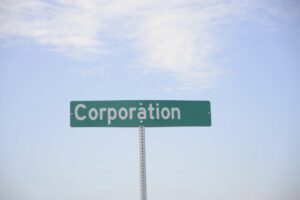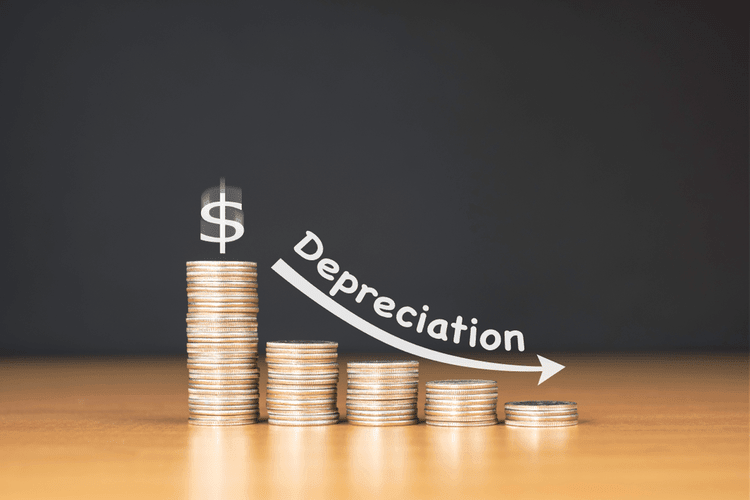How Dividends Affect Stockholder Equity

The payment of cash dividends by a company to its equity shareholders involves tapping into the cash reserves of the said entity. With cash dividends, the profits of the company are paid out instead of being reinvested in its business. Most companies pay cash dividends to their shareholders, but they can also ask investors to put their earnings back into the company through stock dividends.
Dividend Kings: List and Definition – The Motley Fool
Dividend Kings: List and Definition.
Posted: Tue, 20 Feb 2024 08:00:00 GMT [source]
Ramping up cash returns
However, doing so means existing shareholders will see their shares diluted. While cash dividends are more common, a company that is short of cash may use stock dividends as a way to attract additional https://www.bookstime.com/articles/what-is-an-expense-report investment and keep current shareholders happy. Another consequence of cash dividends is that receivers of cash dividends must pay tax on the value of the distribution, lowering its final value.

Why Do Companies Issue Stock Dividends?
After that notification, the record date is established, which is the date on which a firm determines its shareholders on record who are eligible to receive the payment. Stock dividends are thought to be superior to cash dividends as long as they are not accompanied by a cash option. Companies that pay stock dividends are giving their shareholders the choice of keeping their profit or turning it to cash whenever they so desire; with a cash dividend, no other option is given.
- The cash sub-account of the assets section is also reduced by $1.5 million.
- Because stockholder equity reflects the difference between assets and liabilities, analysts and investors scrutinize companies’ balance sheets to assess their financial health.
- When dividends are actually paid to shareholders, the $1.5 million is deducted from the dividends payable subsection to account for the reduction in the company’s liabilities.
- If you’re looking for dividend-paying companies that can help you earn more passive income, you’ve come to the right place.
Federal Realty Investment Trust (FRT)
The company decides to reward its equity shareholders with a dividend. But the company’s net profit is unfortunately not enough to cover the payment of cash dividends to all of its equity shareholders. And so, the company decides to allot its own unissued equity shares to its equity shareholders. The company decides to distribute a 10% stock dividend to its equity shareholders. While cash dividends have a straightforward effect on the balance sheet, the issuance of stock dividends is slightly more complicated.
- This is so because cash dividends are paid out of retained earnings, which directly reduces stockholder equity.
- A real estate investment trust (REIT) owns or operates income-producing real estate.
- In summary, cash dividends are a way for companies to reward their shareholders by distributing a portion of their profits in the form of cash.
- A stock dividend is recorded as a reduction in retained earnings and an increase in contributed capital.
- Finally, real estate investment trusts (REITs) can be an excellent source of dividends.
On top of that, the REIT sees emerging investment verticals such as data center development and gaming properties adding more than $700 billion of additional investment opportunities. In addition, the company sees $8.5 trillion in investment opportunities across the U.K. Realty Income has expanded into new investment verticals in recent years — such as data center development, gaming, and additional European countries — to enhance its already long growth runway. Moreover, strong leasing interest for both existing and new builds indicates that the company’s occupancy rate will likely improve from current levels. Furthermore, there’s growing demand for the company’s portfolio, which augurs well for growth as it indicates positive market dynamics.
This Magnificent 5.5%-Yielding Dividend Stock Continues to Send More Cash to Investors
For a company, dividends are considered a liability before they are paid out. When dividends are actually paid to shareholders, the $1.5 million is deducted from the dividends payable subsection to account for the reduction in the company’s liabilities. The cash sub-account of the assets section is also reduced by $1.5 million.
- AT&T Inc. cut its annual dividend in half to $1.11 on Feb. 1, 2022, and its shares fell 4% that day.
- A vaccine and an antiviral treatment for COVID-19 made Pfizer (PFE -2.01%) a household name in recent years, but this isn’t all the company sells.
- A stock dividend functions essentially like an automatic dividend reinvestment program (more on that below).
- To date, three hundred thousand of these shares have been issued but twenty thousand shares were recently bought back as treasury stock.
- Adding some shares to a diversified portfolio now looks like a smart move.
- On the date of payment, the company reverses the dividend payable with a debit entry and credits its cash account for the respective cash outflow.
Its needle-moving deal is already paying dividends

Canadian investors can access dozens of high-quality, generous, and reliable dividend stocks. But even among this lucrative pool of dividend payers, a few stocks stand out for their dividend histories and long-term dividend sustainability prospects. However, if you’re buying dividend-paying stocks to create a regular source of income, you might prefer the money. When a stock dividend is issued, the total value of equity remains the same from the investor’s and the company’s perspectives. NPK pays a regular annual dividend that has been fixed at a buck a share for years. That’s good for a little more than 1% in yield; right around S&P 500 levels.
On the contrary, a company’s cash reserves stay intact in the event of a stock dividend distribution. But since the company is essentially issuing more shares to its existing shareholders, it can bring about a dilution in the ownership control of the entity. Learn about the definition, examples, and differences between cash dividends and stock dividends in finance. Let’s say the stock ABC is trading at $20 per share, and the company pays a quarterly dividend of 10 cents per share. Divide 40 cents by $20 per share to arrive at a dividend yield of 2%.

Tesla Stock Price: Analyzing Its Recent Activity
- Today, the telecommunications giant provides vital wireless and internet services to over 100 million people and almost 2.5 million businesses.
- The dividend rate can be quoted in terms of the dollar amount each share receives as dividends per share (DPS).
- If each share is currently worth $20 on the market, the total value of the dividend would equal $200,000.
- In summary, SmartCentres is well-positioned to consistently enhance its shareholders’ returns through monthly cash dividends.
- When a company issues a stock dividend, it distributes additional quantities of stock to existing shareholders according to the number of shares they already own.
The common stock sub-account includes only the par, or face value, of the stock. The additional paid-in capital sub-account includes the value of the stock above its par value. If ABC’s stock has a par value of $1, then the common both cash dividends and stock dividends stock sub-account is increased by $50,000 while the remaining $700,000 is listed as additional paid-in capital. Not surprisingly, the investor makes no journal entry in accounting for the receipt of a stock dividend.
